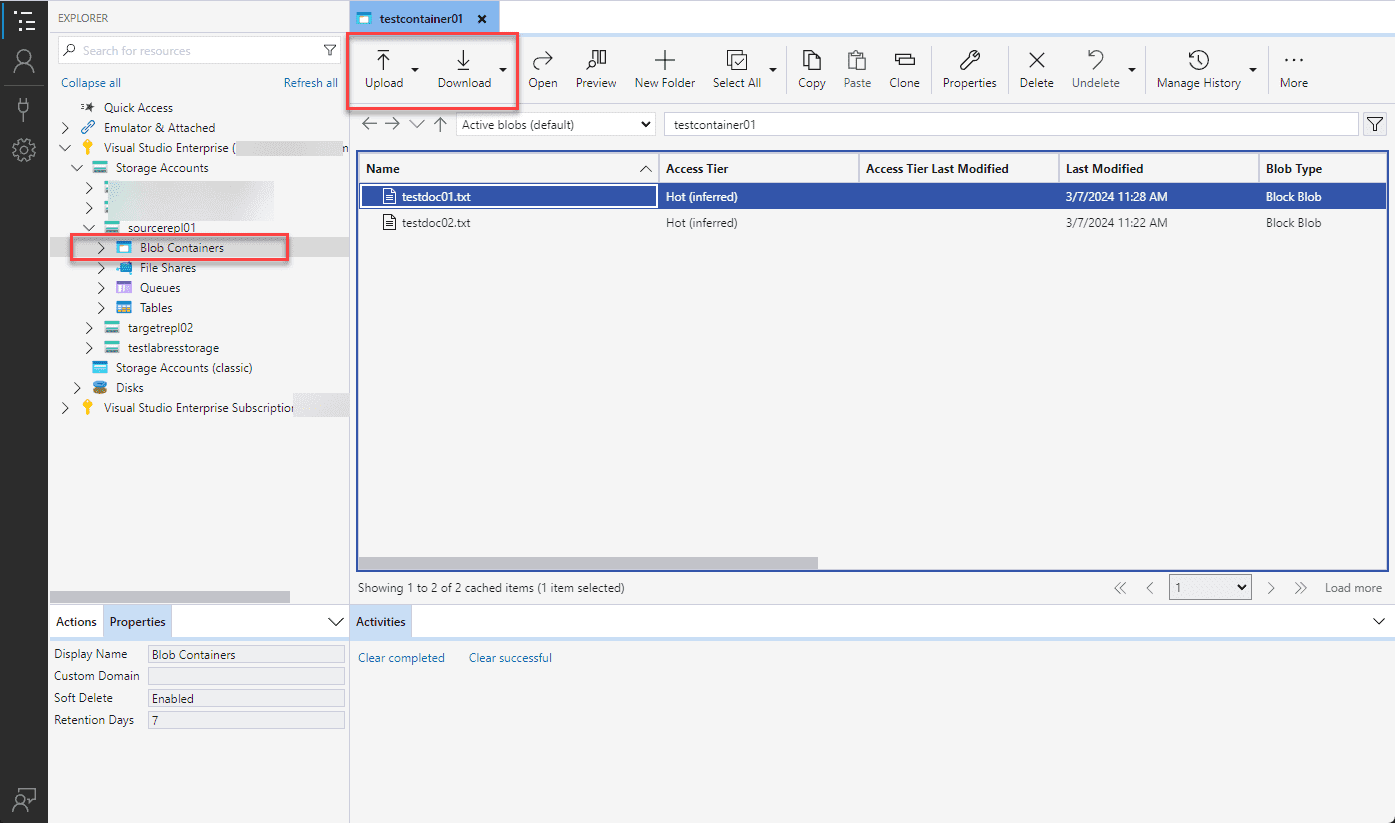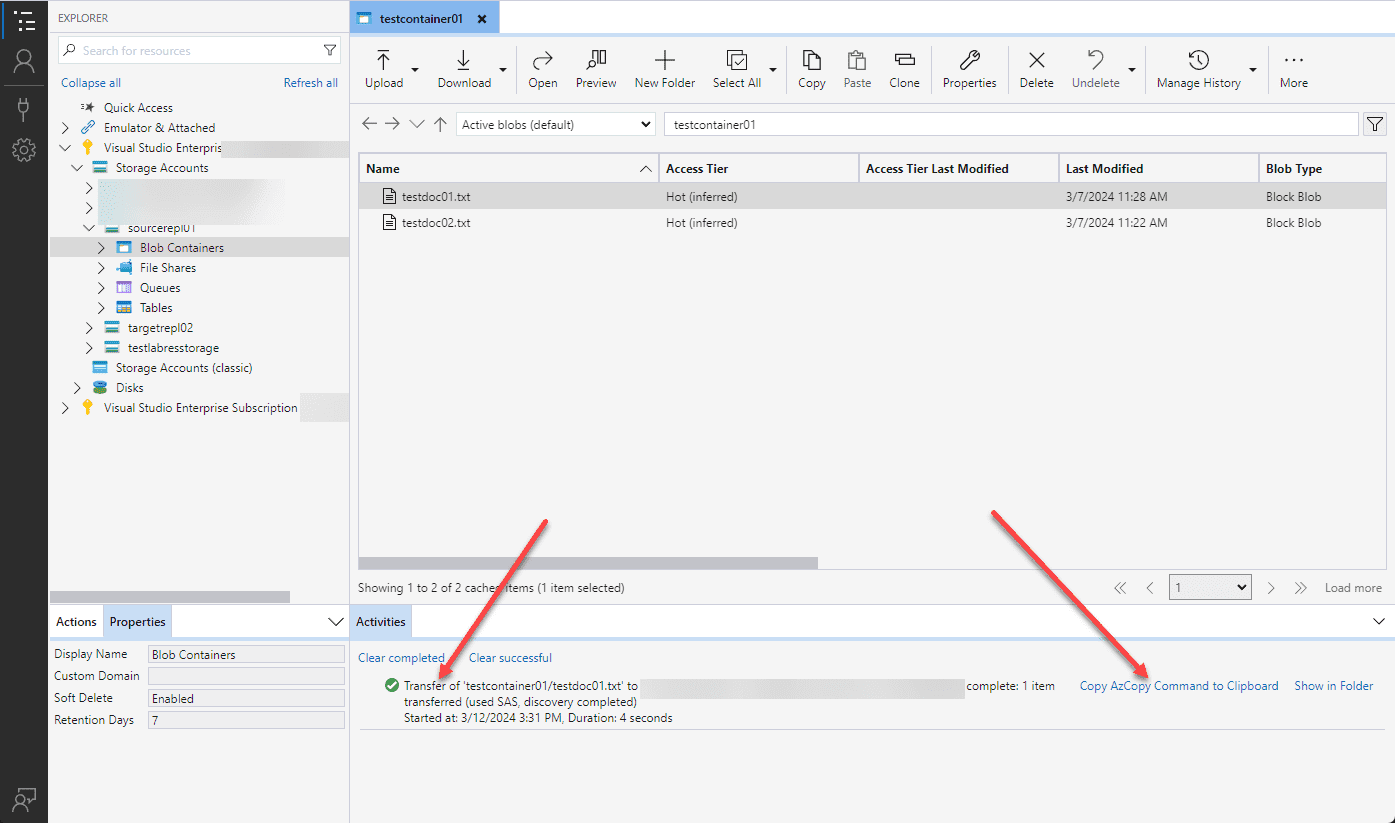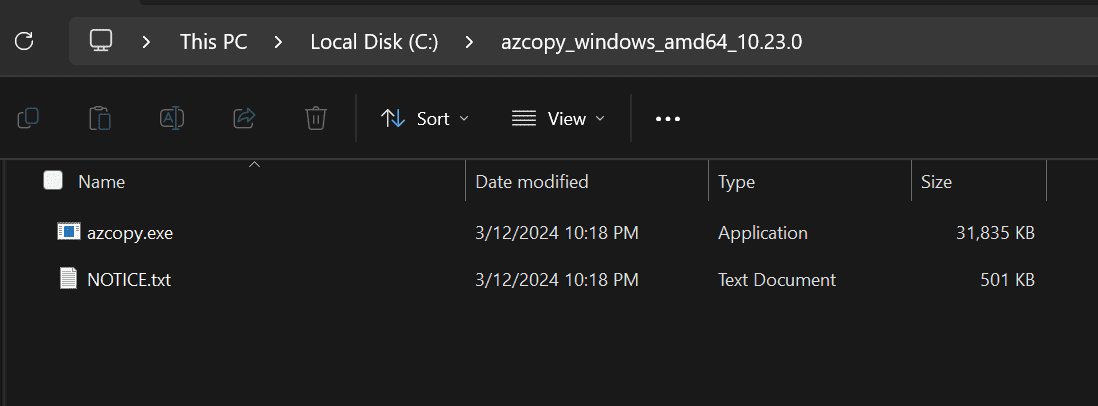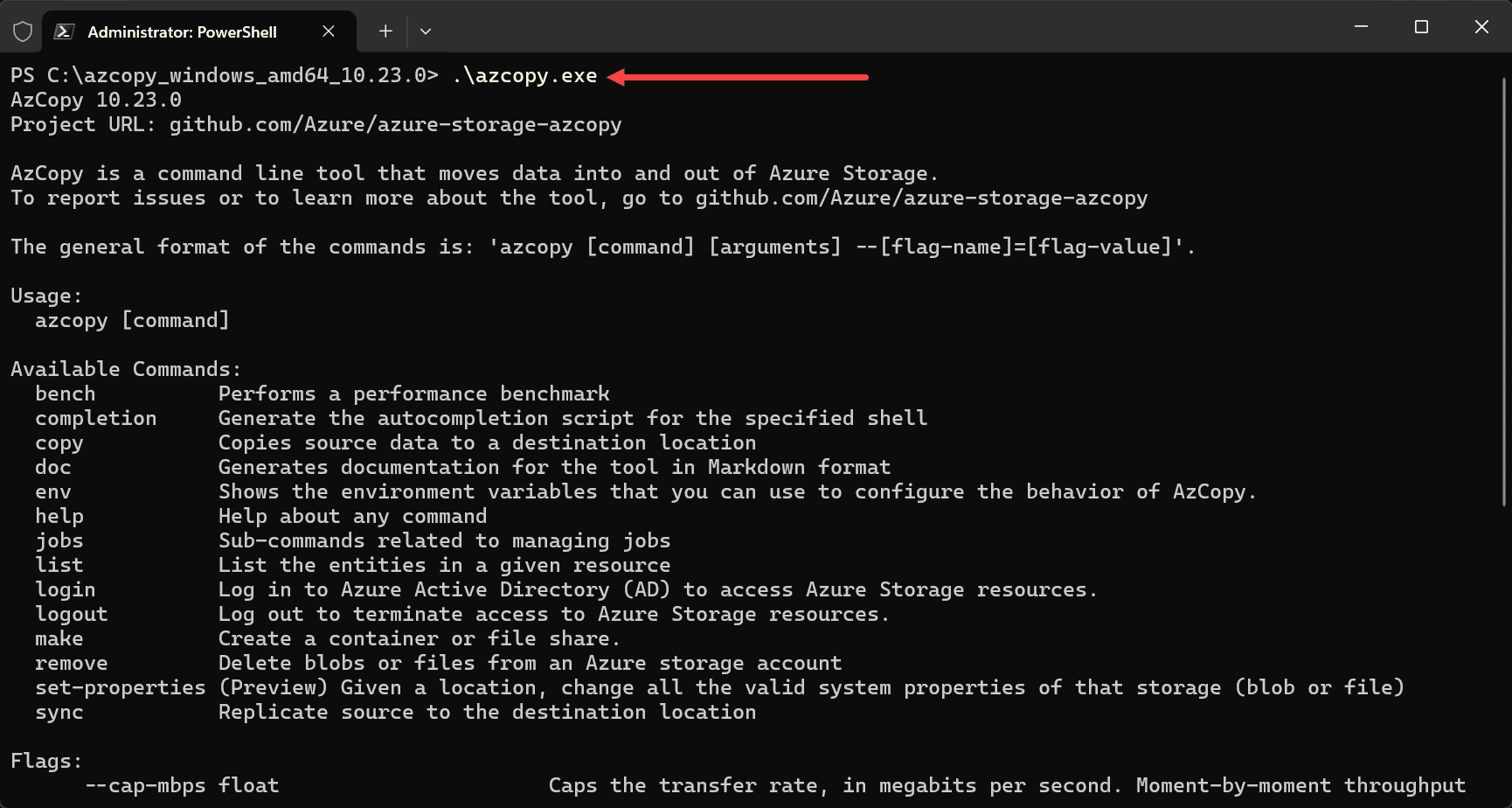One of the skills and technical proficiencies of Azure administrators is managing storage. Azure storage can be managed by a number of ways, including from the Azure portal. However, there are a couple of tools that can be used to manage Azure Storage – Azure Storage Explorer and Azcopy. Both of these tools can help streamline operations with Azure storage management, including Azure storage accounts, Azure files, a file share, and other Azure storage resources.
What is Azure Storage Explorer?
Azure Storage Explorer is a standalone app that provides simple and easy management access to storage resources in Microsoft Azure in your Azure storage account. It can be used with Azure Blob Storage with a blob container, Azure Data Lake Storage, Azure Files (blobs, files, queues, and tables), Cosmos DB, and Azure Stack instance. It is also a cross-platform app that can run on Windows, Linux, and macOS devices and clients.
You can download Azure Storage Explorer from the official Microsoft website here: Azure Storage Explorer – cloud storage management.
Managing Azure Blob Storage with Ease
Blob Storage, is a scalable storage solution for unstructured data in Microsoft Azure. This type of storage is great for users and for applications requiring large amounts of static data. You can use Azure Storage Explorer to upload, download files, and manage blobs and file shares along with specific files.
Storage Explorer allows users to manage files intuitively with features like drag-and-drop uploads, direct editing, copy data, delete files and delete blobs, and the ability to easily perform actions like managing version history. You will note in the Azure Storage Explorer interface buttons and controls for the following:
- Upload
- Download
- Open
- Preview
- New folder
- Select all
- Copy
- Paste
- Clone
- Properties
- Delete
- Undelete
- Manage history
- More button

You will see a wide range of options when you right-click a storage object, including the operations listed above. However, you get additional options, like Create Snapshot, Copy Direct Link, Change Access tier, Copy URL, Edit tags, Get Shared Access Signature, and others.

If you double-click a file, it will transfer the files down to your local machine. If you notice, the Azure Storage Explorer interface is using the Azcopy copy command underneath the hood to transfer data from data stored in Blob storage.

Using AzCopy for Data Transfer
AzCopy is a command line utility that is built for copying large volumes of data. It is geared for performance and uses parallel processing. This cuts down on transfer times. As mentioned, Azure Storage Explorer uses Azcopy for all its data transfer operations.
If you have large files and data, such as dealt with from a database admin or IT pro perspective, Azcopy is the best tool for reliability and performance. It can also be used with automation workflows to automate various file and data tasks.
If you click the Copy AzCopy Command to Clipboard, you will see the underlying command used to perform the transfer of data from your blob container to your local machine file path. Here I was only dealing with text files copied over to the destination directory.
$env:AZCOPY_CRED_TYPE = “Anonymous”;
$env:AZCOPY_CONCURRENCY_VALUE = “AUTO”;
./azcopy.exe copy “special URL for copy command” “C:\Users\ADMINI~1\AppData\Local\Temp\
\testdoc01.txt” –overwrite=prompt –check-md5 FailIfDifferent –from-to=BlobLocal –blob-type BlockBlob –recursive –log-level=INFO; $env:AZCOPY_CRED_TYPE = “”;
$env:AZCOPY_CONCURRENCY_VALUE = “”;
Using AzCopy in scripts
You can download AzCopy v10 as a standalone executable from Microsoft here: Copy or move data to Azure Storage by using AzCopy v10.The download will be in zip format. When you extract the file, you will have the standalone exectuable.
Below is the extracted zip file package with the azcopy.exe file.

After extracting the files from the zip package, you can run the .\azcopy.exe command.

You can copy data using AzCopy and SAS tokens. To create a shared access signature, when you login to your Azure portal and navigate to your storage account, click the Shared access signature, under Security + networking.
You can select the type of allowed resource types when you create the SAS token to restrict what resource types the SAS token can be used with.
Once you have your SAS tokens, using AzCopy, you can use the following script as an example to copy data from a source container to a destination container in Azure storage.
$Source = “your source container”
$Destination = “your destination container”
$SourceSAS = “your source SAS token”
$DestSAS = “your destination SAS token./azcopy.exe copy “https://$StorageAccountName.blob.core.windows.net/$($Source)?$SourceSAS” “https://$StorageAccountName.blob.core.windows.net/$($Destination)?$DestSAS” –overwrite=ifsourcenewer –recursive
Wrapping up using Azure Storage Explorer and AzCopy
Using Azure Storage Explorer and AzCopy allows managing your Azure storage easily. Storage Explorer is a GUI tool that allows managing many aspects of Azure storage all in one tool. It works hand-in-hand with AzCopy since it uses this underneath the hood for all operations that transfer data. AzCopy is found in the Az PowerShell module. However, you can download a standalone version of AzCopy from Microsoft, known as AzCopy v10.
Understand these tools for the AZ-104 exam and know how to use the Azure Storage Explorer and the azcopy command line utility and the nuances of using each.
Related Posts:
Microsoft Azure Administrator: AZ-104: Configure Object Replication in Azure Storage – Part 28
Microsoft Azure Administrator: AZ-104: Configure Storage Account Encryption – Part 29
Follow our Twitter and Facebook feeds for new releases, updates, insightful posts and more.



Leave A Comment